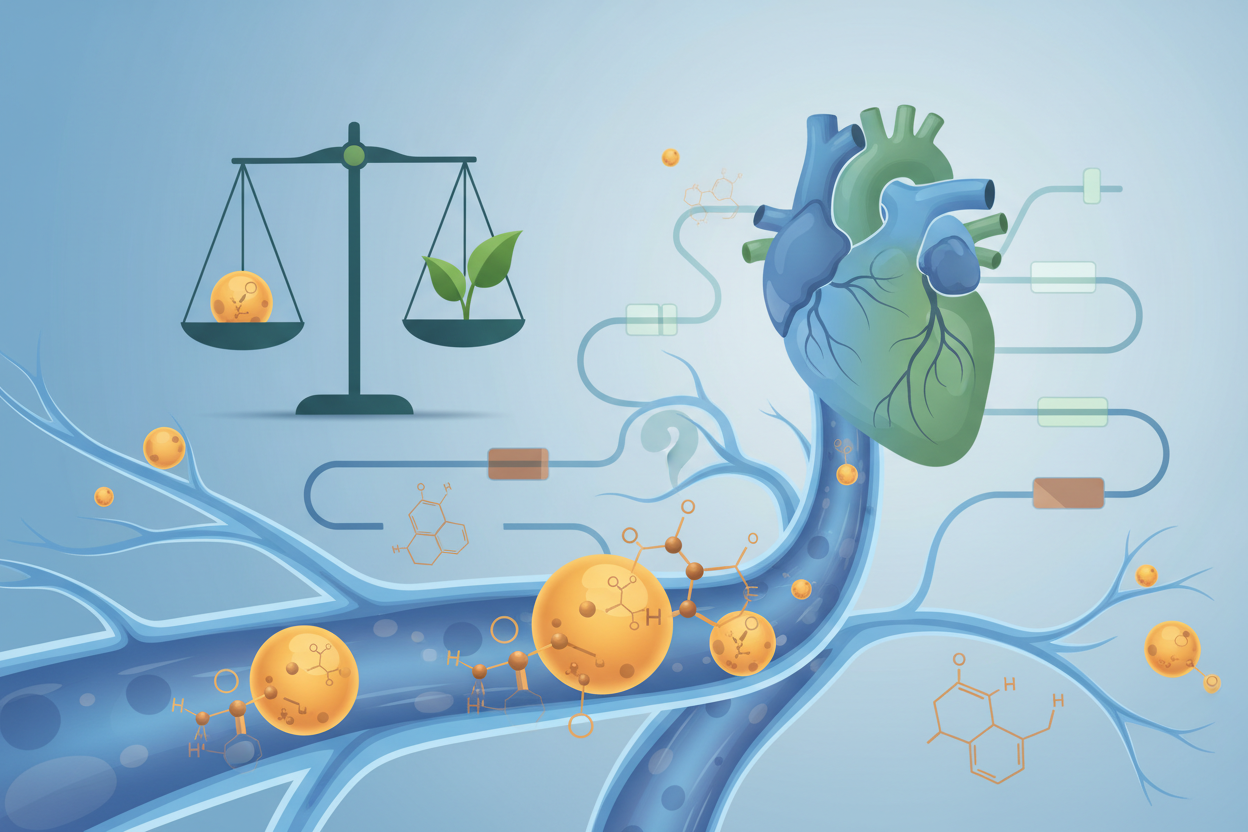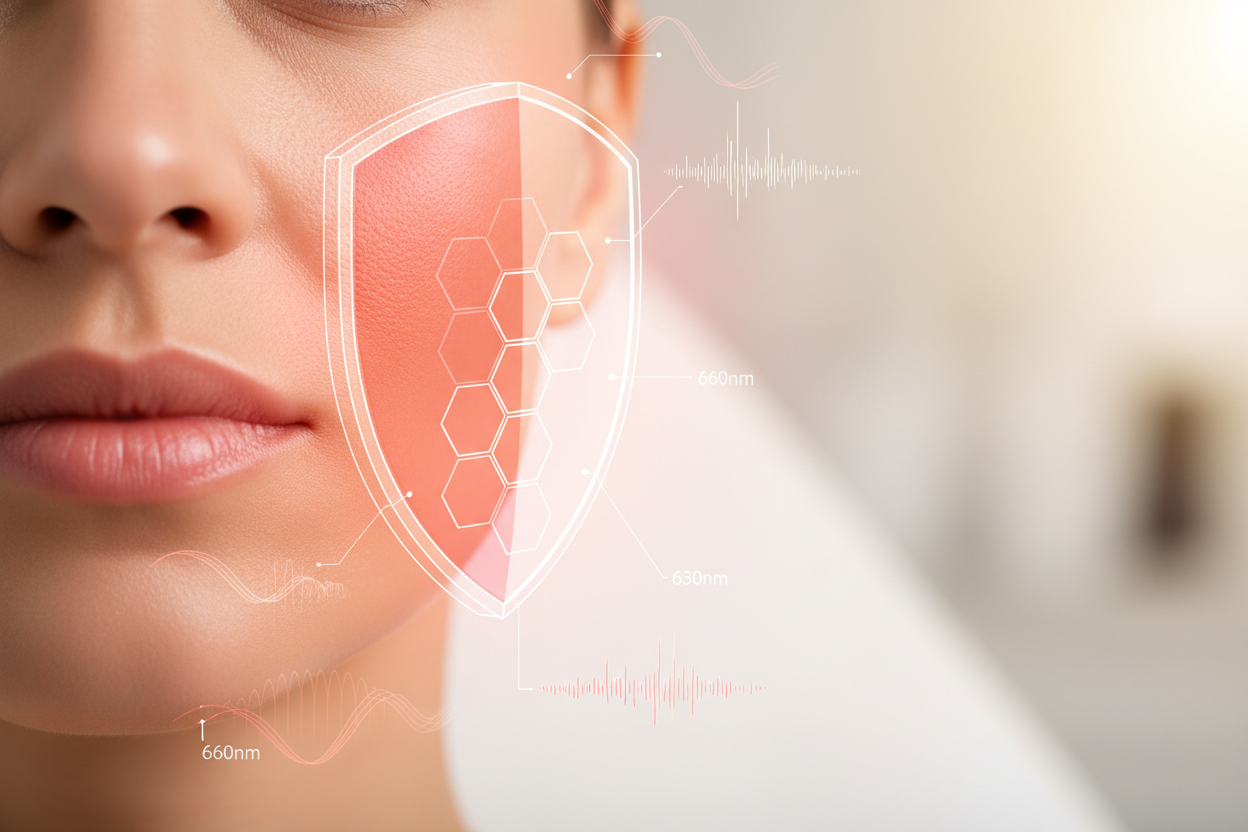
Vaginal stretching and photobiomodulation in myofascial pelvic floor pain: what does the clinical study say?
Myofascial pelvic floor pain (PFMP) is one of the common causes of sexual dysfunction in women. It most often arises as a result of hyperactivity or spasms of the pelvic floor muscles, leading to painful intercourse (dyspareunia), vaginismus, or vestibulodynia. Physiotherapy and non-invasive regenerative therapies are playing an increasingly important role in the treatment of these conditions.
One of the first randomized, double-blind clinical trials examined the effect vaginal stretching (VS) in combination with photobiomodulation therapy (PBMT) in women with myofascial pelvic floor pain. The study was conducted at the University of Campinas in Brazil and involved 103 women divided into two groups: one underwent VS with PBMT and the other VS with sham PBMT (placebo).
The results showed:
-
Vaginal stretching significantly reduced pain during sexual intercourse (rated according to FSFI).
-
Both groups showed improvement, but combination with PBMT did not bring a statistically significant additional difference compared to the stretch fabric itself.
-
Study confirmed that myofascial dysfunction is often associated with painful sex, and that VS (even without PBMT) can lead to improvement of sexual functions and reduction of the occurrence of sexual dysfunction.
Conclusion:
The vaginal stretching itself is an effective tool for alleviating pain during sexual intercourse in women with PFMP. Although PBMT did not provide an additional effect in this study, its synergistic potential – especially with longer use and in combination with other indications (e.g., mucosal regeneration, inflammation, microbiome) – remains open for further research.
Entire study: https://www.sciencedirect.com/science/article/abs/pii/S1743609521007438



Leave a comment
This site is protected by hCaptcha and the hCaptcha Privacy Policy and Terms of Service apply.